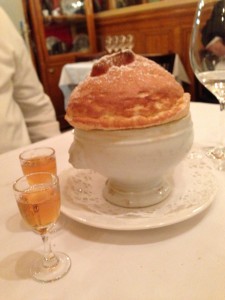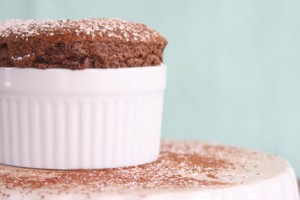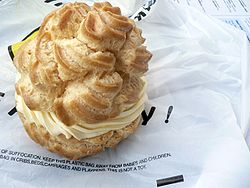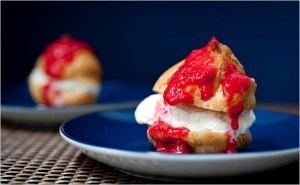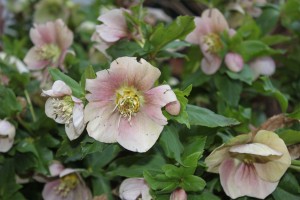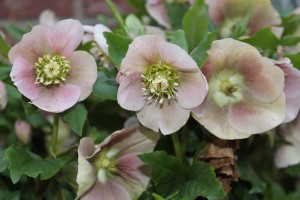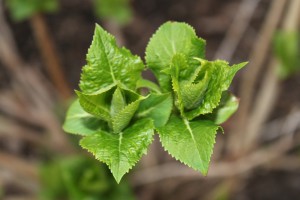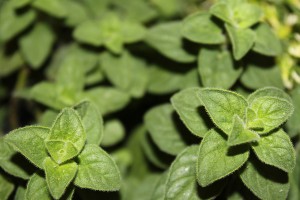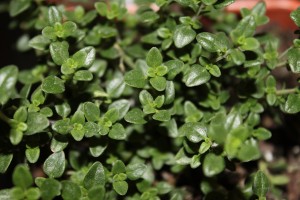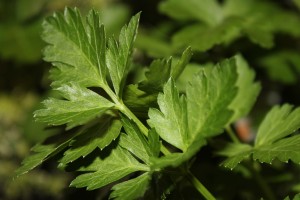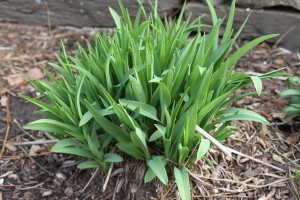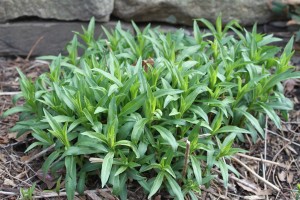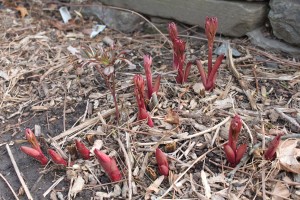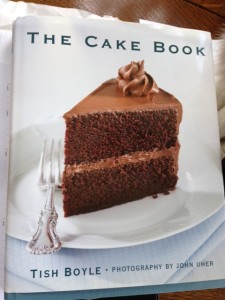 a great reminder of the “value” and lessons of chemistry
a great reminder of the “value” and lessons of chemistry
This morning I was scrolling through all my facebook feeds on food (that’s a good one – “Feeds on Food” – should I copyright it?) and came upon the picture, shown below of the seared duck breast with apricots. That sent me back to a thought I had yesterday about the value of Chemistry in cooking and baking……..
When I was in high school, I took the required Chemistry class and, honestly thought, at the time it was the most boring class ever…….. I even got a very bad grade one marking period (a one-time occurrence which woke me up pretty quickly – it was at 8am, after all, and I remember that bald little man in his lab coat remarkably well to this day). But, just as I have come to think that US History could have been so much more effectively taught if the teacher broke the class up into groups and said, ok, you each figure out a way to form a new country here, learn how to negotiate, agree and draw up the necessary tenets and documents and present, instead of droning through boring textbook chapters and memorizing dates and names, I have come to think how much more interesting and meaningful my high school chemistry would have been if it all had been taught through the lens of food….. and particularly, baking.
Let’s just say that as I continued on in my education I avoided, like the plague, all Chem-related classes and developed a great aversion to the subject. But, just as I have opened up my eyes to a lot of things more recently, like History, I have come to appreciate the value of Chemistry as I have reflected on where the cook, and chefs would be without it. Wouldn’t it be fascinating to teach Chem by modeling all the “reactions” in the Kitchen.
Oh well, such basically random and useless ideas just pop into my head and I’m not sure what to do with them, but yesterday I was thumbing through yet another book on cakes, The Cake Book, by Tish Boyle and looking at the pictures and thinking of all the chemical reactions that take place to make each of these beautiful items – and off my mind “went”………
I have no intention of trying to explain all of those chemical reactions here – but just consider where we’d been without the ballooning of egg whites, and eggs in general (e.g., choux pastries), the reaction of flour, leaveners and liquids and the browning and development of fond in the bottoms of saute pans, to mention just a few? Honestly, wouldn’t this have made that dastardly class fun? Oh well, too late for that now.
I am especially intrigued with the mental images of souffles – where they instruct you to dust the souffle dish with sugar so that it will give the eggs something to adhere to while they “climb up” the sides of the dish in the baking process. Now that’s an “experiment” I could have identified with back in 1971!
Anyway, you get the point and today, as you go through your day in the kitchen, and as I do, I will try to consider each of the chemical reactions which occur as I make something. Be it the coagulation of my soft boiled egg, the crisping of the skin on my barbecued chicken or the development of a great caramelization on my baked sweet potato “fries”.
The supreme value of reactions with eggs:
And, on this lovely early Spring day, how about making some Profiteroles? Maybe you can find some nice aromatic strawberries in the market today? Here is just one good recipe to make today which supports my hypothesis – thank you Mark Bittman:
(Courtesy New York Times):
Profiteroles With Raspberries

Published: October 29, 2010
Time: About 45 minutes
Related
-
Profiteroles to Dazzle, Made at Home (November 3, 2010)
6 tablespoons unsalted butter, cut into pieces
1/8 teaspoon salt
3/4 cup all-purpose flour
3 large eggs
1 pint raspberries
1 pint ice cream or sorbet.
1. Heat oven to 425 degrees; line a baking sheet with parchment paper. Put the butter in a saucepan with the salt and 3/4 cup water; bring it to a boil over medium-high heat and stir until the butter is melted. Reduce the heat to medium and add the flour; continue to cook, stirring constantly, until the mixture pulls away from side of pan and forms a ball, about 30 seconds. Remove from the heat and let cool for 3 to 4 minutes.
2. Add the eggs to the slightly cooled flour mixture one at a time, beating well after each addition — the batter will come apart after each egg is added but will reunite as you stir. Transfer the batter to a resealable plastic bag or pastry bag and make a 1/2 -inch cut in one corner. Pipe mounds about 1 inch high and 1 to 2 inches in diameter onto the prepared baking sheet, leaving about an inch of space between.
3. Bake until puffed and golden, 20 to 25 minutes. Remove the profiteroles from the oven and pierce the bottom of each profiterole once with a skewer, to keep them from getting soggy. Return to the oven; prop the oven door open with a wooden spoon and let the profiteroles crisp up for about 3 minutes. Cool on sheet on a rack.
4. Meanwhile, put the raspberries in a food processor along with 1 to 2 tablespoons water. Purée the berries, adding a little more water through the feed tube if needed, to create a pourable drizzle. To serve, use a serrated knife to slice each profiterole in half around the equator, fill with a scoop of ice cream or sorbet, and drizzle with the raspberry purée.
Yield: 12 to 15 profiteroles.
And, the extreme value of “browning”, caramelization and development of fond:
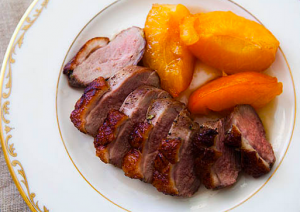 the value of caramelization! Yumm-eee! (photo courtesy of Huff Post Taste)
the value of caramelization! Yumm-eee! (photo courtesy of Huff Post Taste)
And, from the garden yesterday and today:
To Emerge:
and, in the house, hot-house hydrangeas I scooped up at half price:
though you can’t tell, this arrangement is about 30″ wide and adds a ton of color to the room:
 my editorial assistant today – how much should she get paid?
my editorial assistant today – how much should she get paid?
